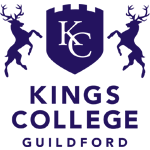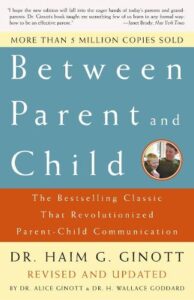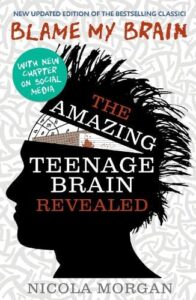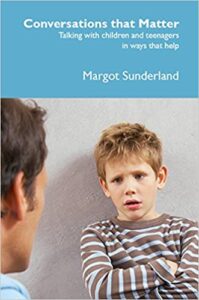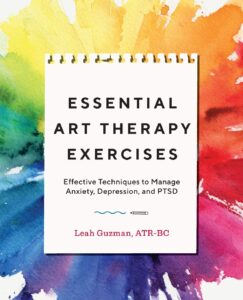Art Therapist
My name is Yuna Kim and my working Days are Wednesdays and Thursdays. To refer to me you would need to speak to the Pastoral Leads
What is an Art Therapy counselling?
Art Therapy is a psychotherapeutic approach for treating emotional and behavioural difficulties through active and relaxing art-making. This creative process of making art improves our physical, mental, and emotional well-being. Our physiological symptoms and physical behaviours are linked to what we feel and think as a result of our life experiences. Artwork encourages us to express our emotions and thoughts (interpretations) regarding the life events we experience in a relaxing environment, with a supportive Art Therapy counsellor.
How does Art Therapy counselling work?
Artwork is an expressive activity without the pressure of speaking. When we feel confused about life experiences, we need to know what is going on, why we feel this way and how to understand them but sometimes we cannot find words to explain. Art therapy encourages us to express and understand through free style artwork when we cannot talk freely. We use art materials such as paper, paints, crayons, figures, dry leaves and flowers, clays, sand, and musical instruments to explore and express our mind. We find relief through the visual documentation, which is artwork.
Artwork from the therapy is a visual documentation of our mind. During the sessions, we make art, we observe it and we discuss it. These mental processes can create spaces for new emotional responses to our life experiences. We can’t change our life experiences but we can change our feelings and thoughts to them. We can gain self-awareness, self-reflection, self-acceptance and self-empowerment through the process of Art Therapy.
Art Therapy Session Process:
When referred, students will attend around 15-20 Art Therapy Sessions. I offer introduction meetings with students’ parents/guardians. During the introduction meeting, important information will be shared mainly for possible traumatic events in the student’s history, such as mother’s pregnancy and birth, student’s developmental milestones and life in a nursery / primary school, any illness and medication etc. At the start of the Art Therapy sessions, we focus on building a safe and comfortable connection for students within the Art Therapy room environment and myself, the therapy counsellor. We start with artwork regarding specific emotional themes and uncomfortable life events. Where necessary, I offer somatic treatment (physical movement therapy) for stress reduction and emotion regulation. As the students improve, showing self-empowerment and are no longer excessively troubled by thoughts and memories which create such as anxiety or depression, we draw the sessions to a close. I hold debrief meetings with students’ parents/guardians to summarise the therapy and importantly key learning and techniques to maintain the student’s mental health and wellbeing.
Supporting your child at home and websites or books/resources you would recommend
Any kind of art / music activity (painting, drawing, singing, or dancing) is a great technique to relax mind and body. In addition, body movement is important for teenagers due to their brain developmental stage. Regular exercise can develop a tolerance for mood disorders and fuels the brain’s stress buffers according to neuroscience. Walking or sports activities are greatly beneficial not only for physical health but for wellbeing and mental health.
